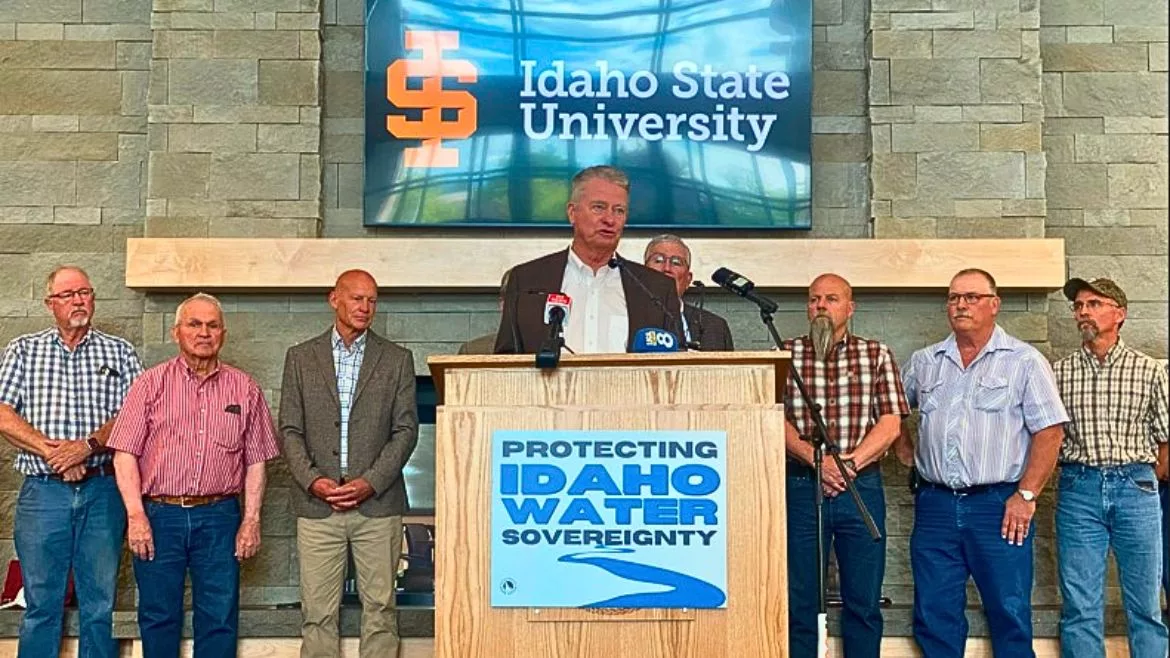News
Idaho Governor Issues Executive Order to Temporarily Resolve Idaho Water Rights Conflict
Agreement eases tensions between surface and groundwater users, but long-term solutions still needed

In recent weeks, Idaho's ongoing water rights conflict reached a critical point, but a new executive order from Governor Brad Little has brought temporary relief. The state's water users have long debated the management of this precious resource, particularly between surface water and groundwater users. This year, the conflict escalated as the Idaho Department of Water Resources imposed restrictions on some groundwater users in southern Idaho, threatening to curtail 330,000 acres of farmland.
At a press conference, Governor Little highlighted the temporary resolution reached for the 2024 growing season, allowing water to flow again under an agreement based on the objectives set in 2016. This agreement requires groundwater users to increase water conservation by 240,000 acre-feet and divert 50,000 acre-feet of storage water to surface water users, avoiding curtailment for this year.
However, Governor Little emphasized that this solution is only temporary and stressed the need for a sustainable long-term plan to protect Idaho's water resources and agricultural economy. The executive order outlines six objectives to improve understanding of the aquifer, prioritize funding for beneficial projects, and develop a comprehensive Groundwater Management Plan by September 1, 2024. Both surface water and groundwater users acknowledge the need for meaningful changes to ensure the sustainability of the Eastern Snake Plain Aquifer (ESPA).
Kent Fletcher, attorney for the Surface Water Coalition, and Stephanie Mickelsen, Chairwoman of the Idaho Ground Water Association, expressed their hopes for a more effective management plan that addresses their concerns and promotes compliance. As Mickelsen stated, "The way the Idaho Department of Water Resources currently goes about managing the ESPA is not working. Without meaningful change to how water resources are managed, we will find ourselves right back in this same position and all of Idaho will end up paying the price.”
As Idaho moves forward, the collaborative efforts of all stakeholders will be crucial in maintaining water sovereignty and ensuring a stable water supply for future generations.
Looking for a reprint of this article?
From high-res PDFs to custom plaques, order your copy today!





